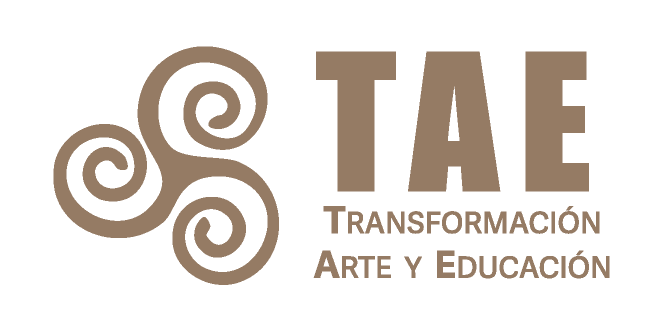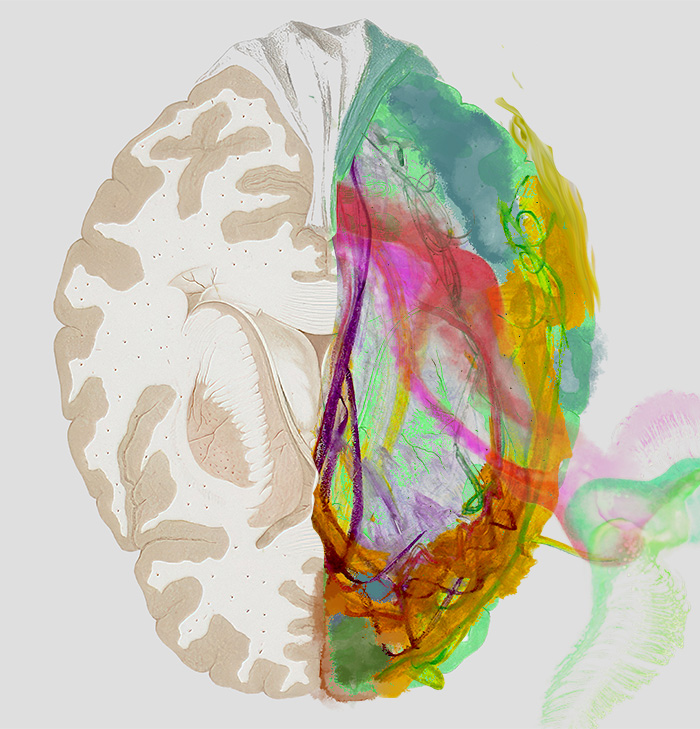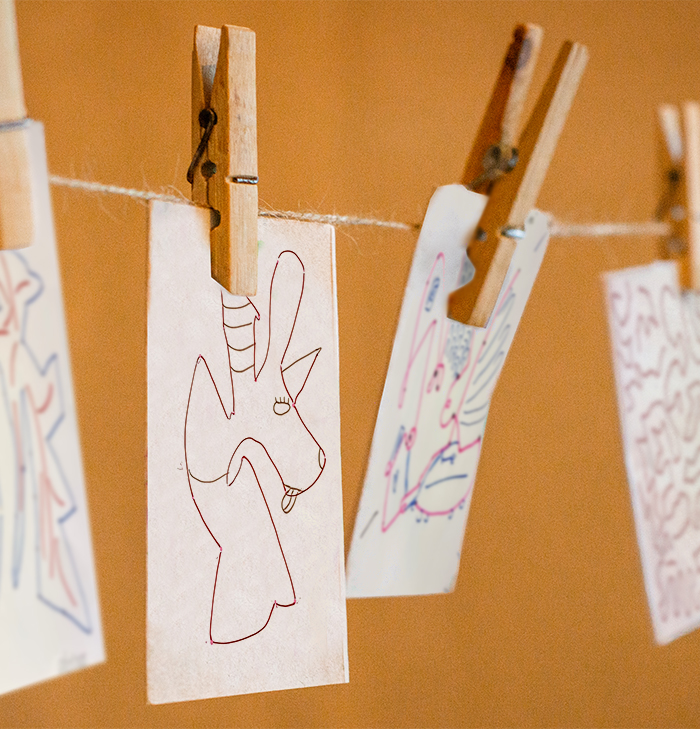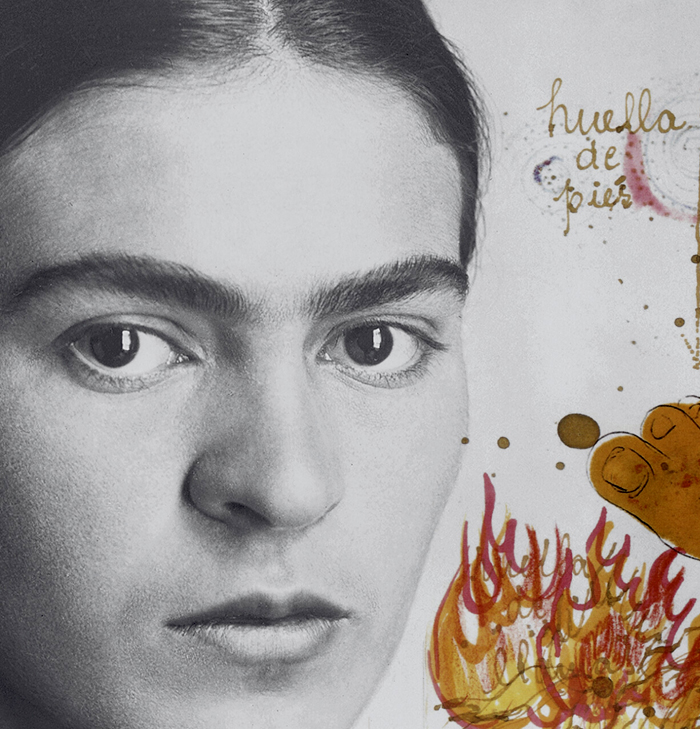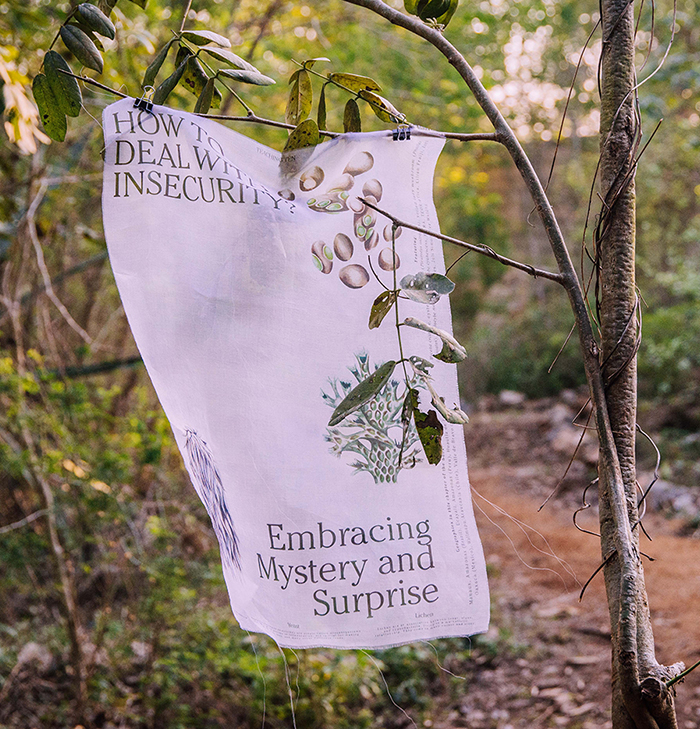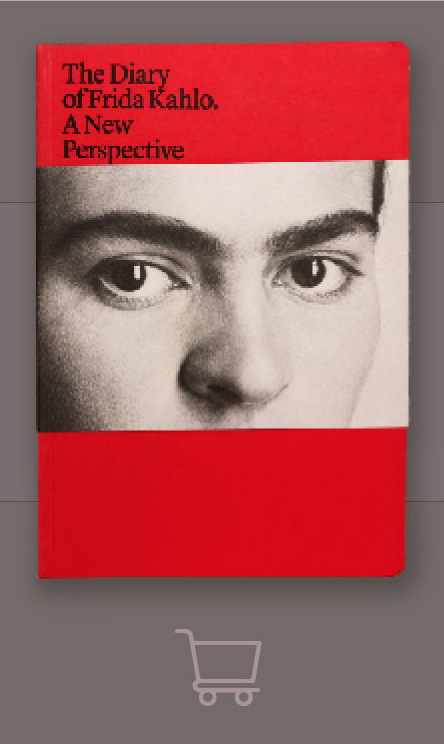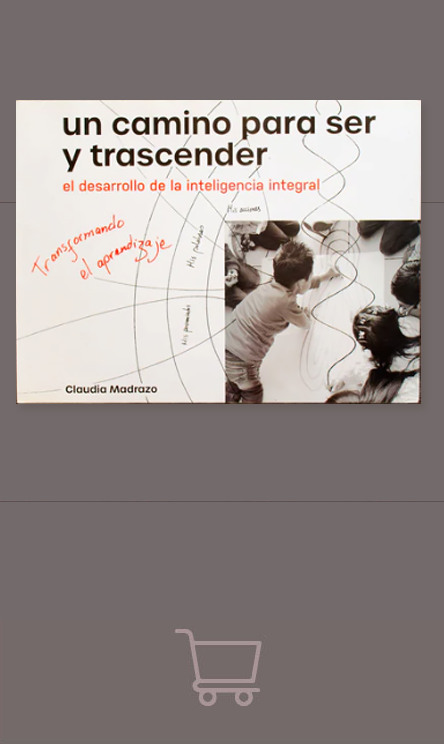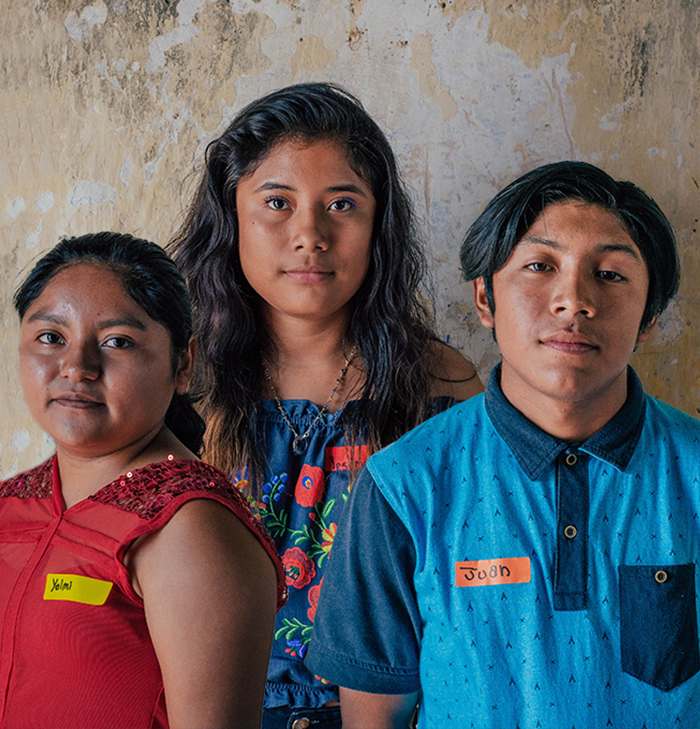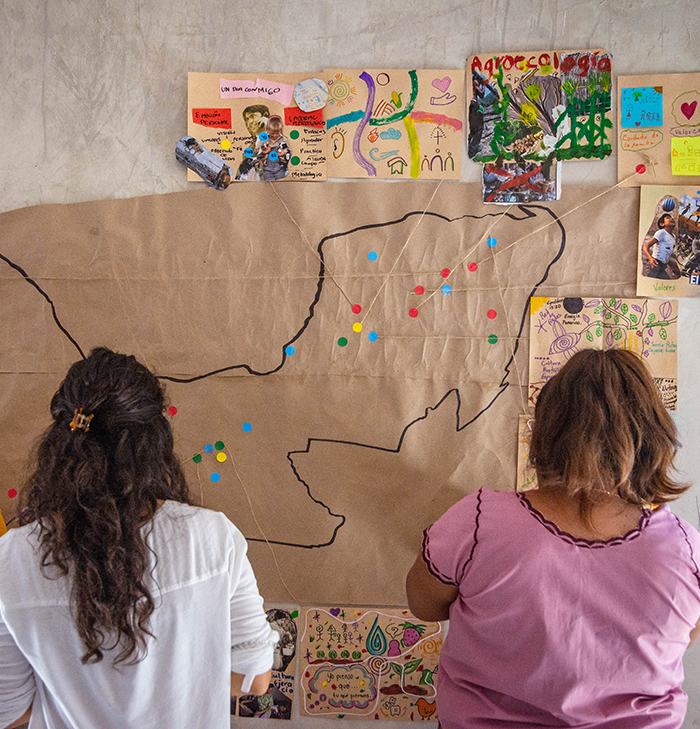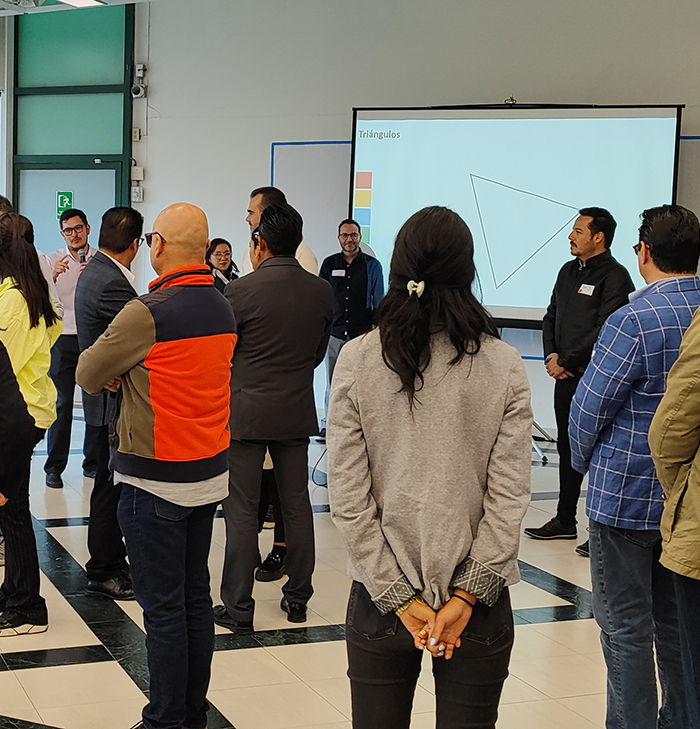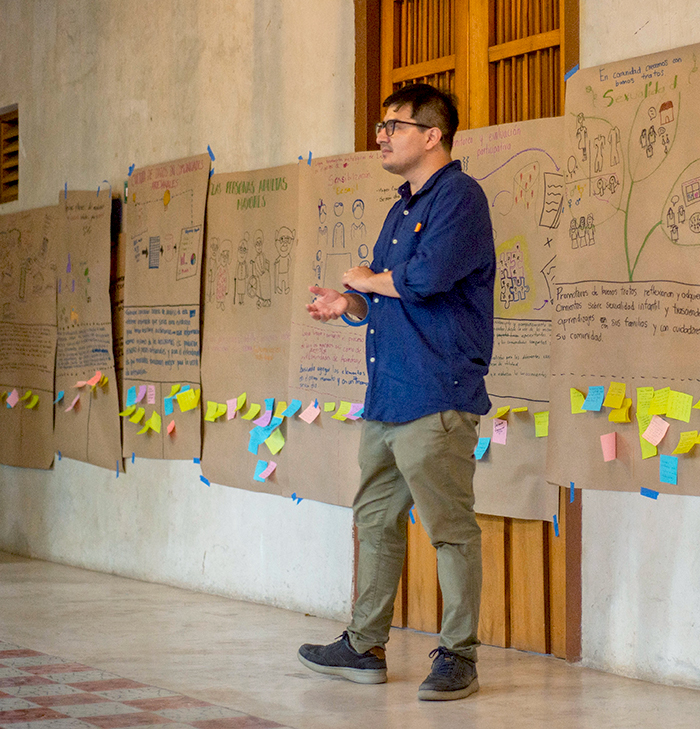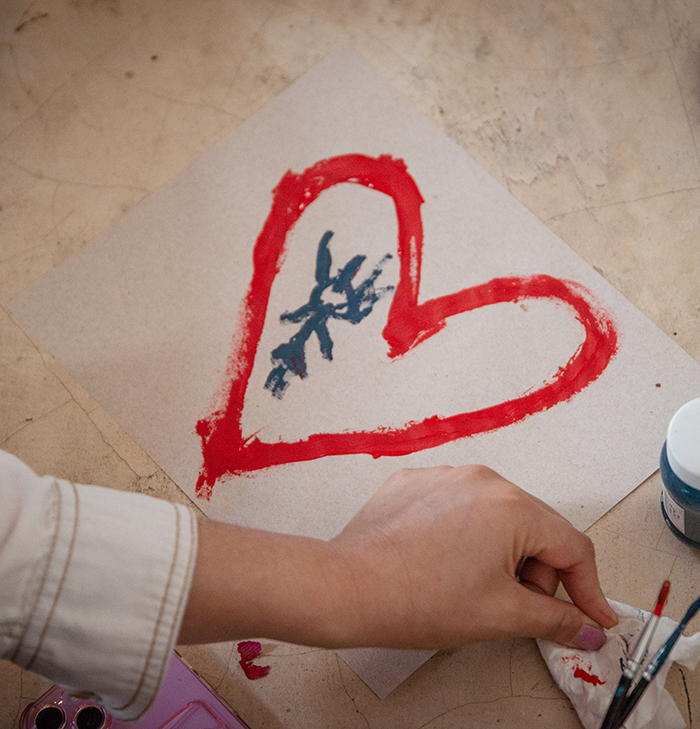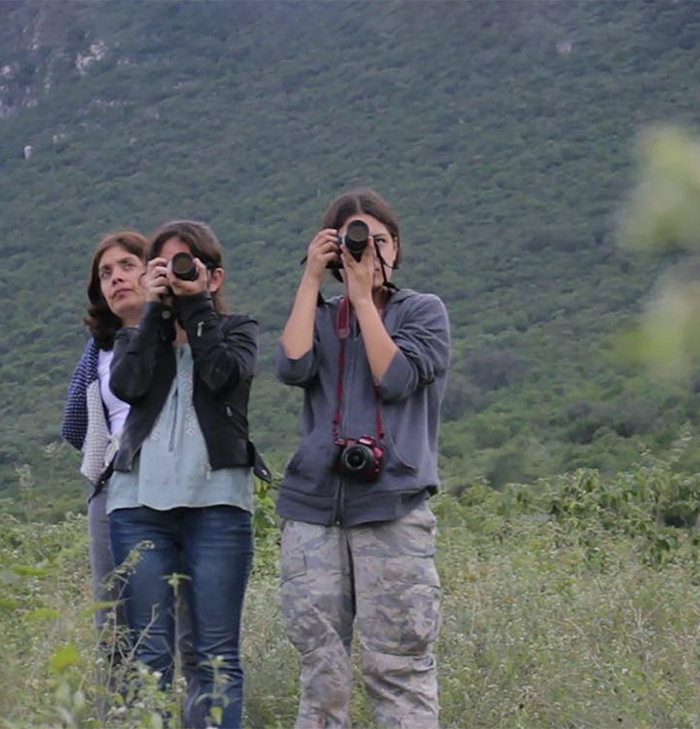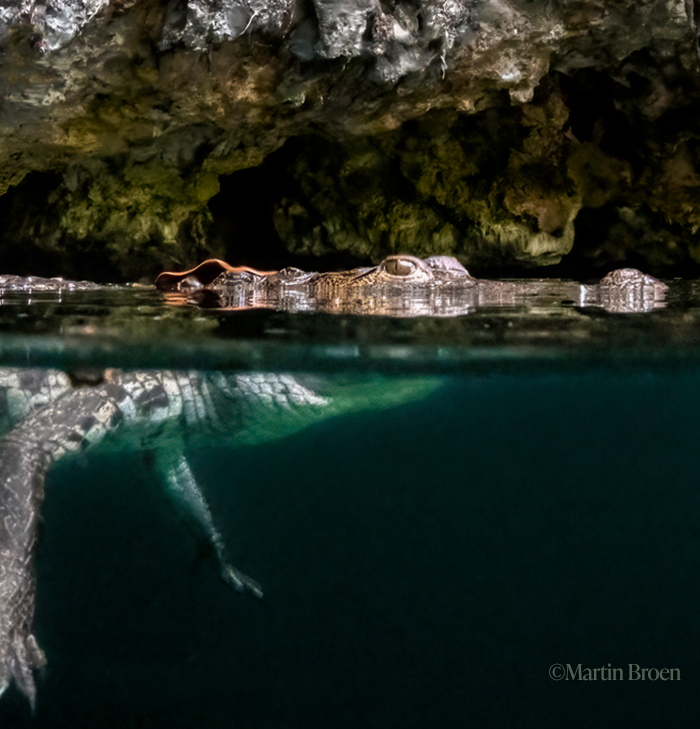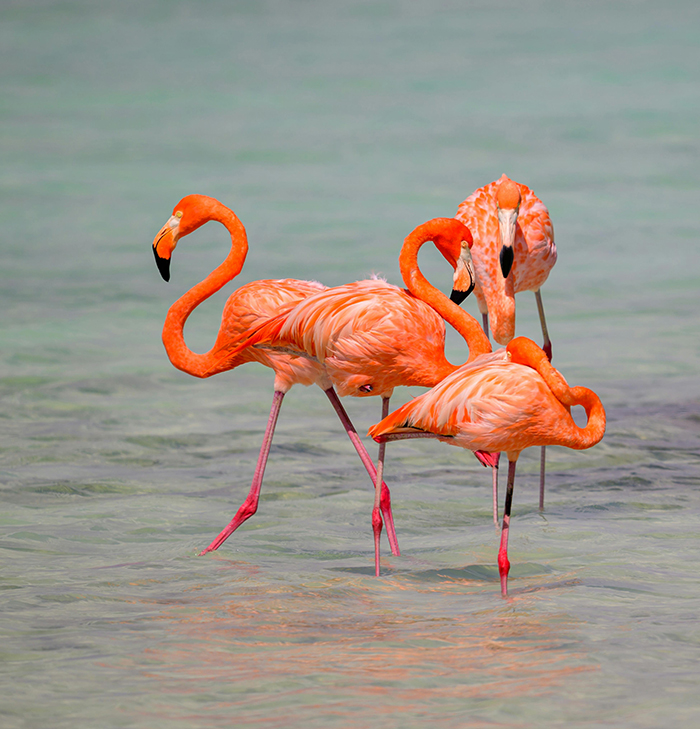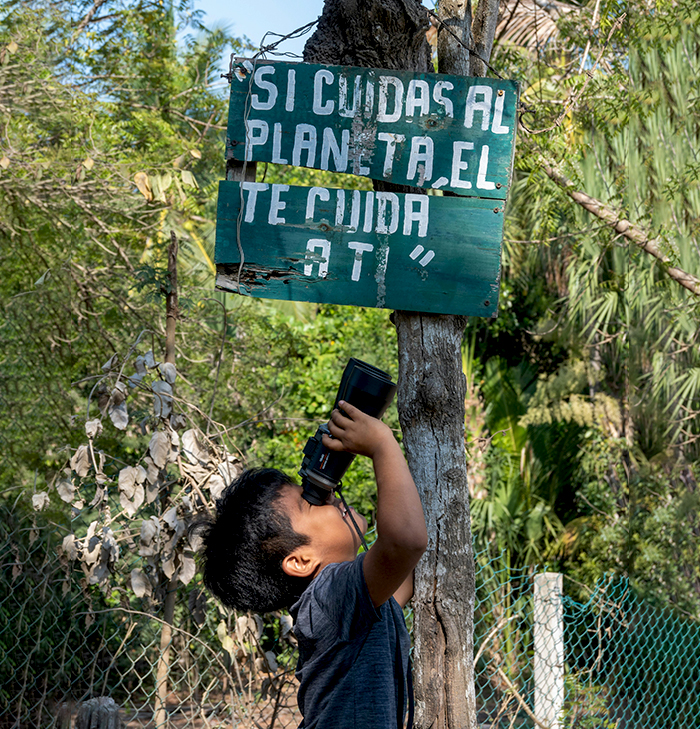
Sal a pajarear
Motor de cambio para niños y voluntarios en su medio ambiente.
Sal a pajarear es una iniciativa de sensibilización ecológica para niños en la que explorando el ecosistema local y realizando observación de aves con un instructor voluntario, los niños descubren el gusto por conocer el mundo animal y su entorno, al mismo tiempo que desarrollan habilidades socioemocionales durante la interacción con otros niños.
Para los instructores voluntarios, la transformación de pensamiento y de acción no ha sido menor. El impulso de hacer cambios ha sido una constante y la interacción con los niños y las niñas y el contacto con la naturaleza, han sido el motor para realizar acciones de conservación de la naturaleza, generación de materiales de difusión y un medio de inclusión para los niños de las comunidades.


